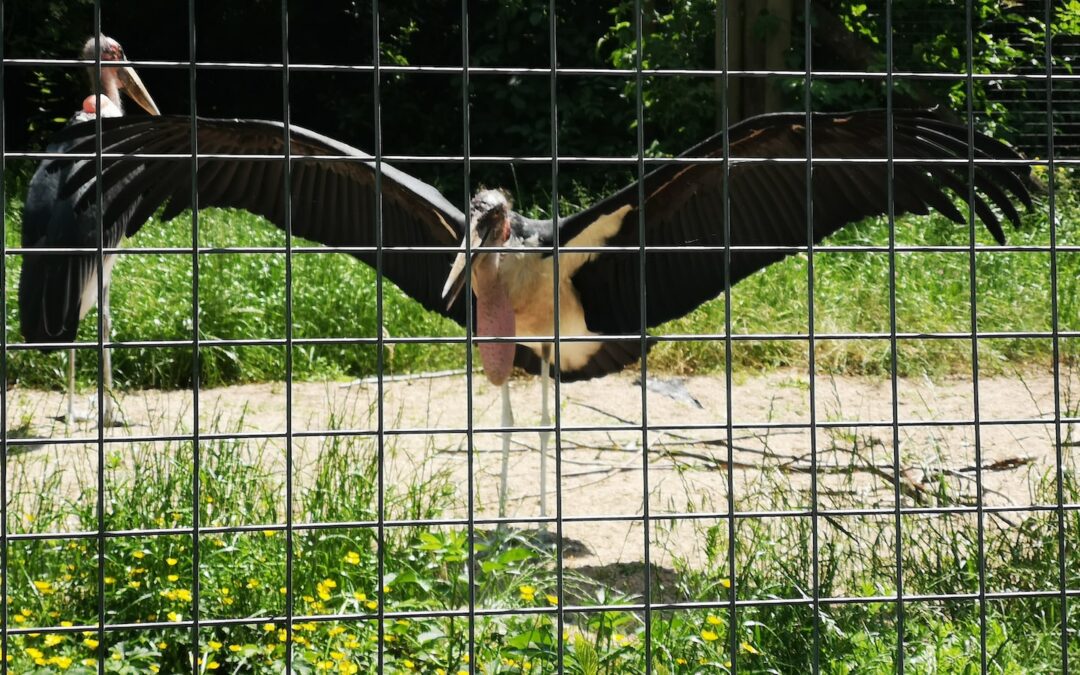With pantry pests present in pantries, cupboards and stored food all around the world, it is important to understand the commonality, variety, and identification of these pests. From tiny flour beetles to aggressive moths and beetles, pantry pests can be sent away with proper understanding and methodical removal. In this article, we will discuss how to identify and eliminate different types of pantry pests before they do more destructive behavior in your home.
Types of Pantry Pests
Tiny Flour Beetles
Tiny flour beetles, including larva and adults, are often the first line of defense against pantry pests. These little creatures feed on all types of flour, grains, and other food products with high carbohydrate content. They often look like tiny specks of dust or small pieces of dirt on shelves and surfaces around the pantry.
Weevils
Weevils are a variety of small beetle that can be found in grains and cereals. They often lay their eggs inside food packages, which then hatch into small larva and live in the food products. Generally, weevils can be easily identified by their four-segmented, brown bodies and curved antennae.
Moths
Moths are the most common type of pantry pest. They are attracted to light and often end up inside of food packages or nesting in dark areas of the pantry. Adults have a wingspan of about 1 to 2 inches, and the larvae can often be identified by their 6 legs and greyish bodies.
Beetles
Beetles are another type of pantry pest that can be found in a variety of different types of food products. They are usually dark brown or black in color and have long antennae. These pests are often attracted to stored grains and cereals, or other food items with high carbohydrate content.
Rodents
Rodents are one of the less common pantry pests, but they can be just as destructive. Mice and rats typically invade pantries to find food and can cause extensive damage to shelves and items stored in the pantry. They can be identified by their long tails and whiskers, and they often leave behind small pieces of droppings or gnawed on food containers.
Other Pests
Other pests such as ants and cockroaches can also be found in pantries, but they are not considered true pantry pests. These critters are often attracted to food crumbs and spills in the pantry, but do not actually feed on stored food products.
People Also Ask
What Are the Signs of Pantry Pests?
Signs of pantry pests include small specks of dirt on shelves or packages, webbing in foods, small eggs or larva, and occasional sighting of adult insects.
How Do Pantry Pests Get Into My Home?
Pantry pests usually enter homes through small openings or cracks in walls, doors, windows, and foundation. They often also come in through packages of food items bought from the store.
What Attracts Pantry Pests?
Pantry pests are primarily attracted to food sources. They can be attracted to any type of food product with high carbohydrate content such as grains, cereals, and flour.
How Do I Get Rid of Pantry Pests?
The best way to get rid of pantry pests is to identify what type of pest you have, and then use the appropriate removal methods. This can include using insecticides and traps, or taking proactive steps to prevent them from entering your home.
Are Pantry Pests Harmful?
Pantry pests can be harmful to humans if they are ingested or come into contact with food products. They can also contaminate food and make it inedible. It is important to identify and eliminate pantry pests as soon as possible to prevent any potential problems.
Final Words
Pantry pests can be a nuisance in any home if not properly dealt with. It is important to identify the type of pest that is present in your pantry, and use the appropriate methods to eliminate them. With proper understanding and methodical removal, pantry pests can be sent away for good.

